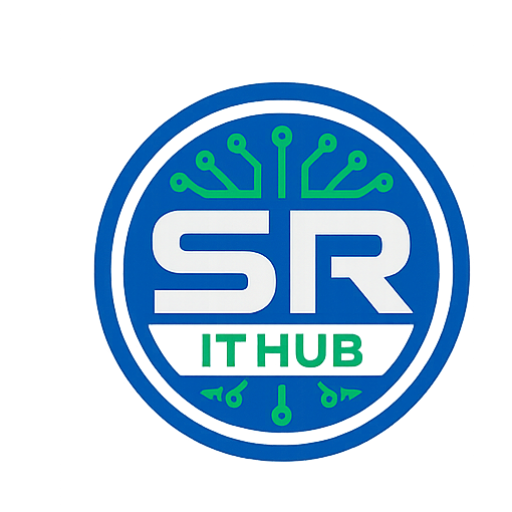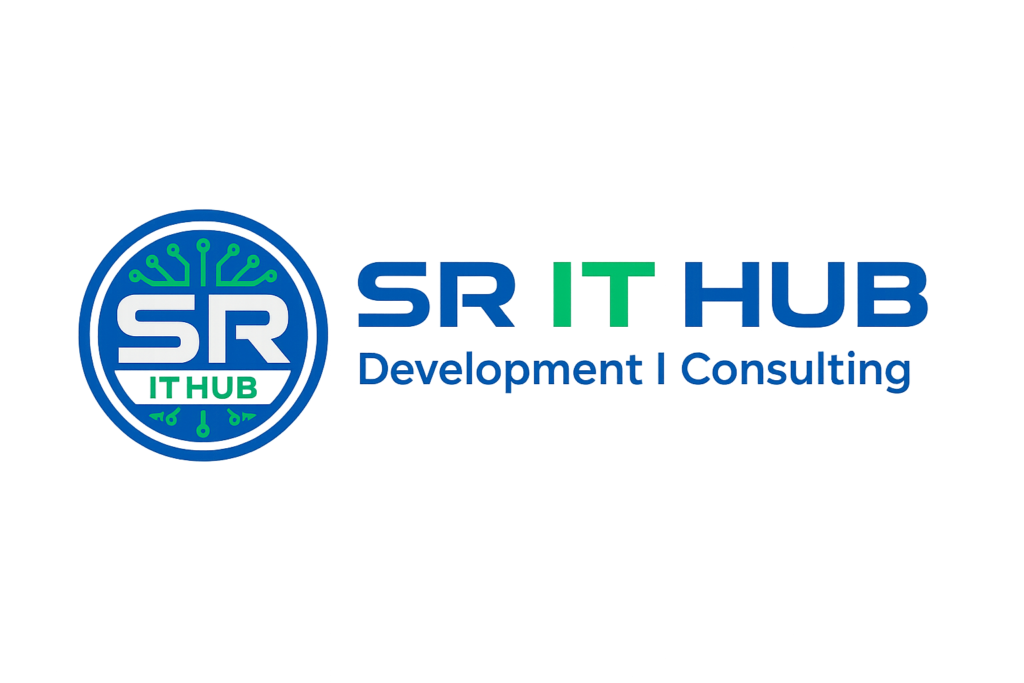Abstract
Advances in technology and the growth of e-learning to provide educators and trainers with unique opportunities to enhance learning and teaching in corporate, government, healthcare, and higher education. This application serves as a forum to facilitate the exchange of information on the current research, development, and practice of e-learning in the sectors.
It includes the research, development, and practice of e-learning related to the following multi-dimensional topics and sub-topics.
E-learning comes in different configurations that dictate the depth of a needs assessment. The simple e-learning implementations, such as those following an application service provider (ASP) model, won’t necessarily look any different from a resource requirement perspective than traditional classroom training. That’s e-learning.
E-learning can be an enormous undertaking and, require significantly more preparation due to its increased scope, higher interdependence, and visibility. These factors–described below–are the reason a needs assessment for an e-learning initiative looks different from one for a traditional classroom program.
- Scope. Developing an e-learning initiative is a typically much larger endeavor than that of an instructor-led training (ILT) program. Consider the increased expenses, number of people involved, development time, technological requirements, and delivery options.
- Interdependence. It’s possible, even common, for an ILT program to be conducted without the knowledge of anyone but the participants, their immediate managers, and the training provider. In contrast, even the smallest e-learning program requires a wider group of people. Ranging from (at a minimum) representatives from the IT and HR departments to (more commonly) an organization-wide task force, the scope of the project often dictates that there are more decision makers, more stakeholders, and more links between previously unrelated departments.
- Visibility. When a traditional training program goes bad, a participant’s dissatisfaction is usually voiced by word of mouth. And the people who express dissatisfaction, in most cases, are the participants and, maybe later, the people directly affected by their work. Again, due to the scope of the undertaking (especially the high budget and number of resources required), the efficacy of an e-learning program will be delivered to a larger group of people and through a wider variety of channels than an ILT program. Typically, a CEO can tap into a training database and view participants’ course comments, exam results, and the courses taken. It’s easier to determine whether an e-learning program is unpopular or ineffective than to rely on word of mouth about a questionable ILT program.
SOFTWARE REQUIREMENTS:
• Web Technologies : HTML, CSS, JS. JSP
• Programming Language : Java
• Database Connectivity : JDBC
• Backend Database : MySQL
• Operating System : Windows 08/10
HARDWARE REQUIREMENTS:
• Pentium processor : Core I3
• RAM Capacity : 2GB
• Hard Disk : 250GB
• Monitor : 15’’ Color Monitor

